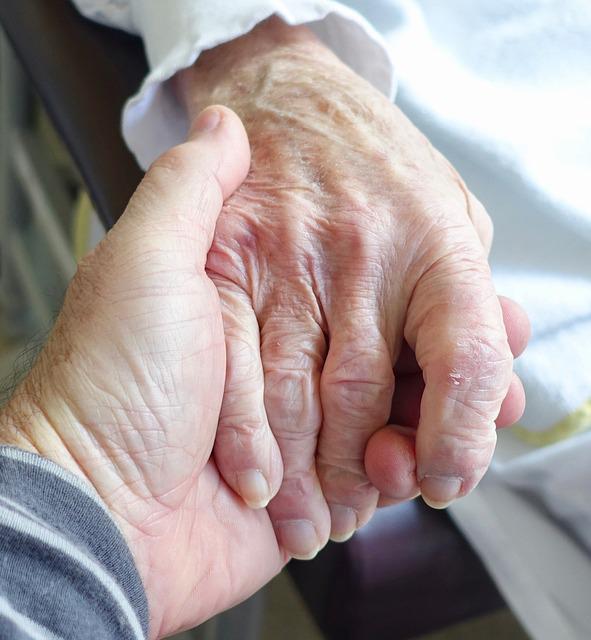
Nurse innovation can take many forms, ranging from innovative use of new technologies to partnerships with other health organizations. These are some of the most popular examples of nurse-innovative practices. To learn more about how you can submit an innovation, read on! Here are a few tips on how to get started. Here are some additional ways you could get your ideas off of the ground. Let us know what you think! We'd love your comments! Please share your ideas with us about how you can improve patient care.
Augmented reality
Vein visualization is one practical application of augmented realities. Patients don't like blood injections or blood taking. And difficult veins can cause discomfort both for patients and for healthcare workers. AccuVein is an Augmented Reality Technology which shows a map of veins to the patient's body. Nurses and doctors will be better equipped by the ability to view veins through the augmented-reality technology.
Despite the promise that AR can be used in nursing, it is still under-researched. This topic is dominated by pilot studies. Many of the cases that AR can be used in nursing are not adequately described. Some studies use smart watches or helmet-mounted displays; others combine both. The number of studies is increasing over the last few years and the results are generally good. In addition, many of the existing studies only evaluate a few prototypes, highlighting the technical challenges involved in implementation.

Collaborations with partners
While nurses are excellent problem solvers, it is not the norm to encourage them innovating new products. They find solutions to common problems by improvising workarounds. Many nurses do not consider themselves leaders, much less innovators. Many engineers don't know much about operational health care. There are ways to encourage nurse creativity. You can read on to discover how nurses and industry partners are working together to improve patient care.
One option is to reframe faculty's conception of innovation. Because nurses think of innovation as technology and gadgets they can help them to see themselves as innovators. The best way to help faculty members become innovators is by developing competency development initiatives for nurses. One nurse might have an idea for a patient safety device. Another nurse innovation leader may come up with a tool to prevent falls and treat high blood pressure.
Neue technologies
The time frame is one of the biggest obstacles to innovation by nurses. While nurses are involved in the development and evaluation of new technologies, they do not often participate in their implementation. These limitations could be due financial constraints or time constraints. However they need to be addressed in order to get nursing staff involved in innovation. These are just a few of the issues that nurse innovators face. We hope these insights will help you in your pursuit of nurse innovation.
Modern nursing technology now includes genetic-based treatment, medical robots, simulation machines, and other advanced technologies. Those advances will help nurses better care for patients with cardiovascular and cancer-related diseases. A nurse trained in genomics may be able deliver better treatment. The advancement of these technologies can make hospitals more accommodating to nurses. And with a shortage of nurses, it will be more difficult to keep the nursing culture positive and frontline staff safe.

Patient-centered healthcare
Patient-centered medicine is not a new term. It has been around fifty years. Balint created the concept of this type if care in order to foster a mutual investment among the healthcare provider, patient, and other stakeholders. Balint believed each patient should be considered an individual and not a statistic. Patient-centered medicine has become the norm in healthcare. This has allowed doctors and hospitals to see the whole person and helped create a healthy relationship between patient and provider.
Healthcare culture has been traditionally provider-centered with the doctor at the heart of the delivery system. Healthcare is becoming increasingly patient-centered with patients being more involved in all aspects of care design. To put it another way, patient-centered healthcare involves a partnership between the provider (and patient) to determine the patient's needs, and then design the care in a manner that maximizes their knowledge and expertise.